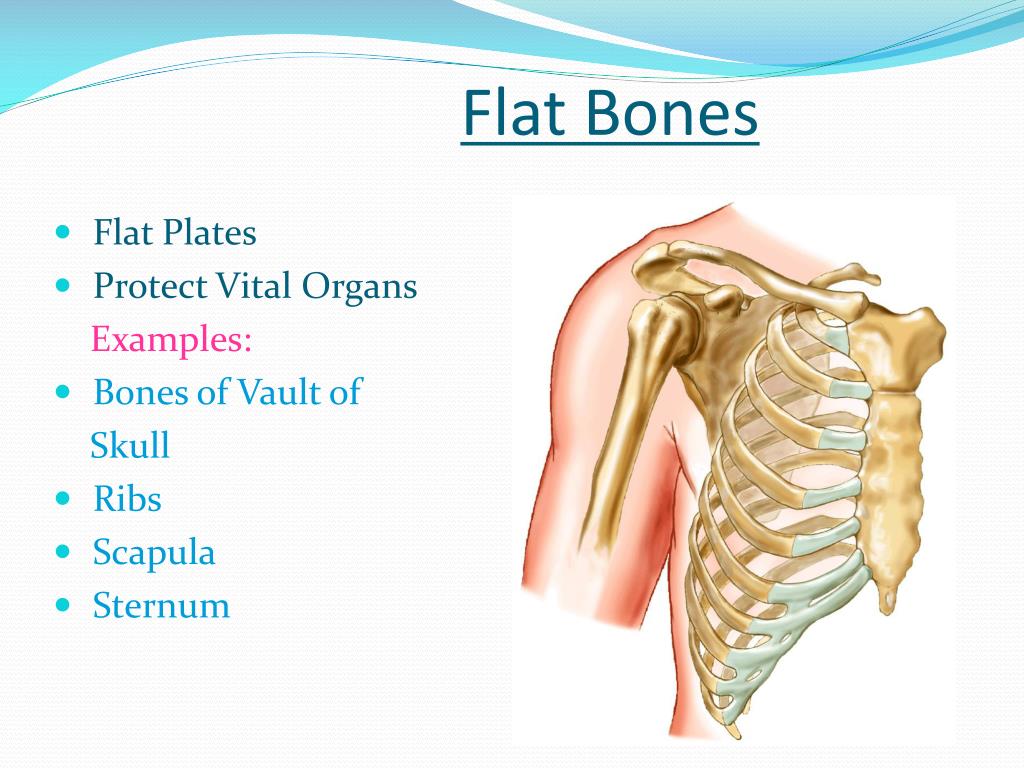


Examples include the bones of the arms and legs (excluding the wrists, ankles and kneecaps). There are four different types of bone in the human body: Feet – tarsals, metatarsals and phalanges.Legs – thigh bone (femur), kneecap (patella), shin bone (tibia) and fibula.Hands – wrist bones (carpals), metacarpals and phalanges.Arms – shoulder blade (scapula), collar bone (clavicle), humerus, radius and ulna.Spine – cervical, thoracic and lumbar vertebrae, sacrum and tailbone (coccyx).The human skeleton is made up of 206 bones, including bones of the: Healthy bone needs a balanced diet, regular weight-bearing exercise and the right levels of various hormones. The body is constantly building up and breaking down bone tissue as required. The skeleton supports and shapes the body and protects delicate internal organs such as the brain, heart and lungs.īones contain most of our body’s calcium supply. This is called the musculoskeletal system. Most bones also contain bone marrow, where blood cells are made.īones work with muscles and joints to hold our body together and support freedom of movement. Bones are made of connective tissue reinforced with calcium and specialised bone cells. These include the bones of the skull, spine (vertebrae), ribs, arms and legs. The adult human skeleton is made up of 206 bones.

Bones provide the structure for our bodies.


 0 kommentar(er)
0 kommentar(er)
